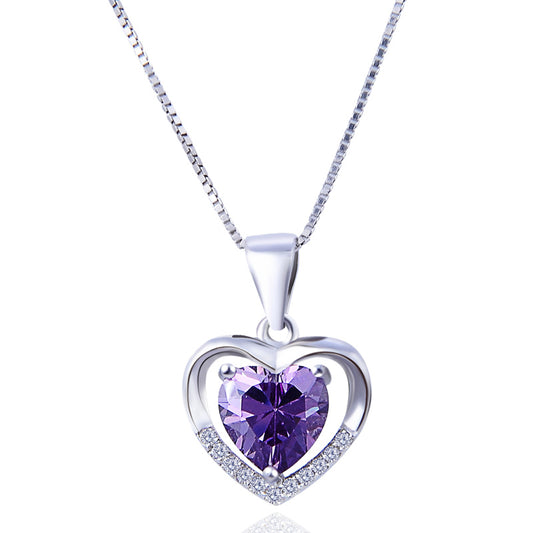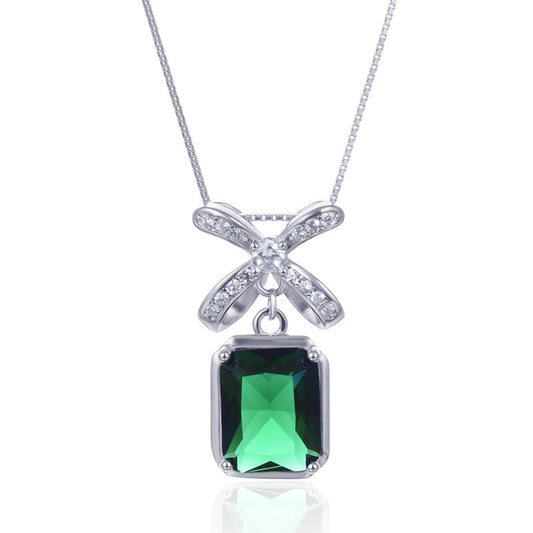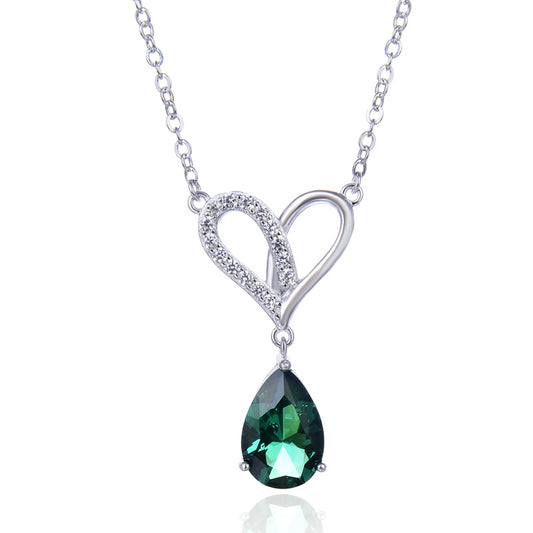The Deep Background of Valentine's Day: An International Perspective
Valentine's Day, a holiday filled with roses, chocolates, and declarations of love, has a rich and complex background that spans centuries and cultures. Its origins can be traced back to ancient Rome, but its modern celebration has evolved significantly, influenced by various cultures and traditions around the globe. In this comprehensive guide, we delve into the fascinating history and background of Valentine's Day, exploring its evolution from an ancient festival to a global celebration of love.
Ancient Roman Roots
The history of Valentine's Day can be traced back to the ancient Roman festival known as Lupercalia. This festival, celebrated on February 15th, was dedicated to Faunus, the Roman god of agriculture, and Feronia, the goddess of fertility. It involved sacrifices, feasting, and ritual purification, with an emphasis on promoting fertility and purifying the city. As part of the celebrations, young men would draw the names of women from a jar and pair up with them for the duration of the festival, sometimes even leading to marriage.
Over time, Christianity began to spread throughout the Roman Empire, and many of the old pagan festivals were Christianized or replaced with new Christian celebrations. One such celebration was St. Valentine's Day, named after a Christian martyr who was executed on February 14th. According to legend, Valentine was a priest who secretly married Christian couples during a time when such unions were banned by the Roman Emperor Claudius II. When his actions were discovered, Valentine was imprisoned and ultimately executed.
The Spread of Valentine's Day
As Christianity spread throughout Europe, the celebration of St. Valentine's Day gained popularity. However, it wasn't until the Middle Ages that the holiday began to take on its modern romantic connotations. During this period, young men and women would exchange love letters and tokens of affection, often anonymously, as a way of expressing their feelings for each other.
In the 18th and 19th centuries, Valentine's Day began to evolve into a more commercial holiday, with the exchange of gifts and cards becoming a central aspect of the celebration. The introduction of mass-produced greeting cards in the late 19th century further popularized the holiday, making it easier for people to express their feelings through written words.
Valentine's Day in the Modern Era
Today, Valentine's Day is celebrated worldwide as a day of love and romance. In many countries, people exchange gifts such as flowers, chocolates, jewelry, and cards to express their affection for their partners. Restaurants and other businesses often offer special Valentine's Day promotions to capitalize on the romantic mood of the day.
The holiday has also become a popular time for proposals and weddings, with many couples choosing to mark the occasion with a special commitment to each other. Social media and technology have further enhanced the celebration of Valentine's Day, with people sharing messages of love and affection across platforms such as Instagram, Facebook, and Twitter.
Valentine's Day Around the World
While Valentine's Day is celebrated globally, the specific customs and traditions vary from country to country. In some cultures, the focus is more on spending time together and enjoying romantic activities, while in others, the emphasis is on gift-giving and public displays of affection.
In the United States, Valentine's Day is a major commercial holiday, with retailers offering a wide range of gifts and promotions. People often send cards, flowers, and chocolates to their loved ones, and couples may go out for a romantic dinner or spend a cozy evening together.
In Europe, Valentine's Day is also widely celebrated, with similar traditions of gift-giving and spending time together. However, some countries have their own unique customs. For example, in Wales, people celebrate St. Dwynwen's Day on January 25th as a day of love and romance, while in Finland, Valentine's Day is known as "Ystävänpäivä" (Friend's Day) and is celebrated more as a day of friendship than romance.
In Asia, Valentine's Day has gained popularity in recent years, especially among younger generations. In countries like China and Japan, people often exchange chocolates and other gifts as a way of expressing their feelings. In South Korea, Valentine's Day is celebrated with a unique tradition called "Candy Day," where women give chocolate to men they are interested in.
Conclusion
Valentine's Day has a rich and fascinating background that spans centuries and cultures. From its ancient Roman roots to its modern celebration as a day of love and romance, the holiday has evolved significantly over time. Today, it is celebrated worldwide as a special day to express affection and commitment to loved ones, with unique customs and traditions varying from country to country.








